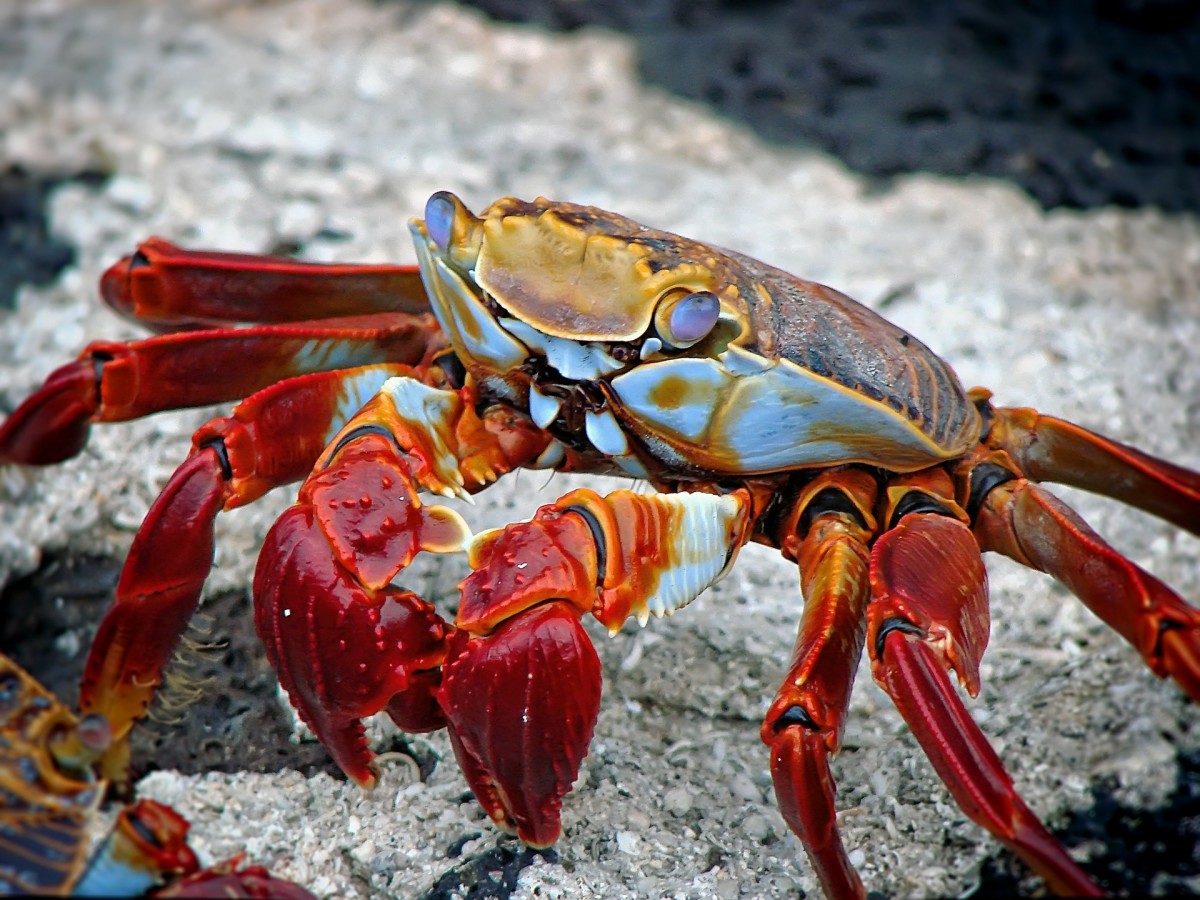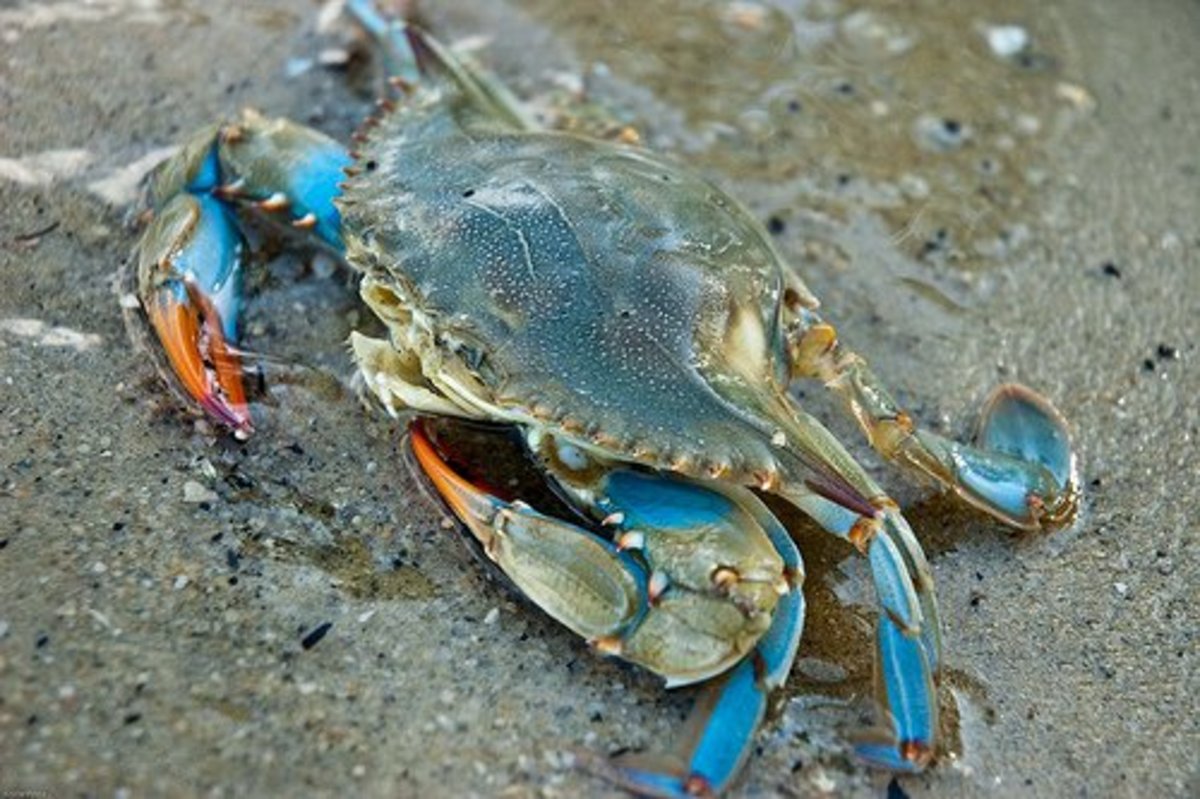Crabs keep evolving to go from the sea to the land — & back again
By Carys Matthews
livescience.com
11/15/2023
Crabs have evolved to migrate from the sea to land then back again multiple times over the last 100 million years, scientists have discovered.
A new study, published Nov. 6 in the journal Systematic Biology, found that true crabs (Brachyura) — which consist of 7,600 species across 109 families — have evolved to migrate from marine to land habitats between 7 & 17 times. (True crabs are distinct from other crustaceans that have developed crab-like bodies).
They also found that on 2 or 3 occasions, crabs even went back to the sea from land. "It is 100% harder going from being on land to water," lead author Joanna Wolfe, a researcher in organismic & evolutionary biology at Harvard University, told Live Science.
Most arthropods left the ocean just once during evolutionary shifts more than 300 million years ago, in a process known as terrestrialization.
In the new study, researchers set out to discover how often & when true crabs left the marine environment for land. They compiled 3 new datasets for 333 species of true crabs from 88 families, including both marine & non-marine groups.
Using the entire crab fossil record, the researchers applied 2 mapping pathways: one where the crab goes from a fully marine environment to land directly through intertidal zones such as beaches, & a second where the species migrates from fully marine to land indirectly, through estuaries, fresh water, riverbanks, coastal forests, & jungles.
Their findings enabled the team to classify each crab species into a gradient of terrestriality — or how suitable they are to life on land. Using methods originally developed to study how viruses like COVID-19 evolved, the researchers determined the timing of true crab evolution.
Their findings suggest that true crabs emerged about 45 million years earlier than previous estimates & could date back to the mid-Triassic period (251.9 million to 201.3 million years ago), making them as old as some of the earliest known dinosaurs.
They left the ocean between 7 & 17 times as a result of convergent evolution — when different organisms independently evolve similar traits.
Most crabs, they found, are only able to survive in semi-terrestrial habitats, with land-based crabs found to be concentrated in one species-rich group of the family tree. "It is a common misconception that crabs are trying to evolve to live permanently on land. Most crab species still flourish in the ocean," Wolfe said.
Cute Critter Pics:
Weekly Chuckle:








No comments:
Post a Comment